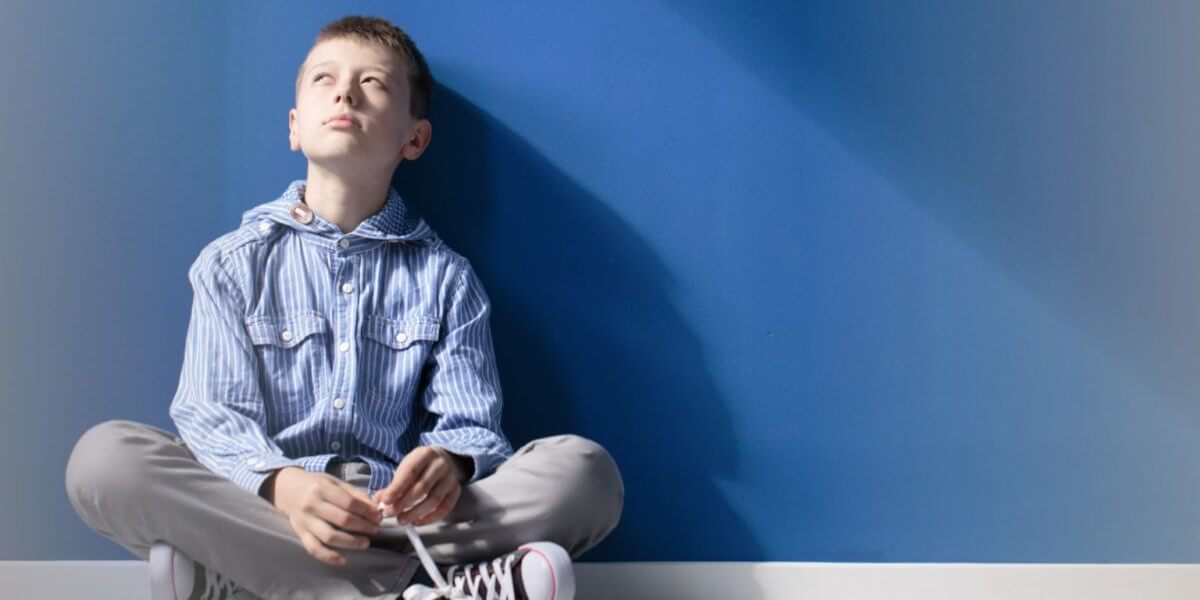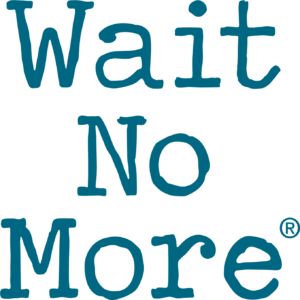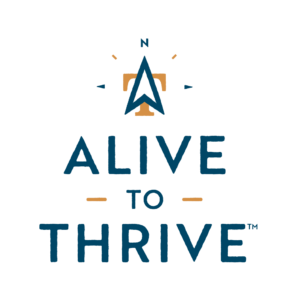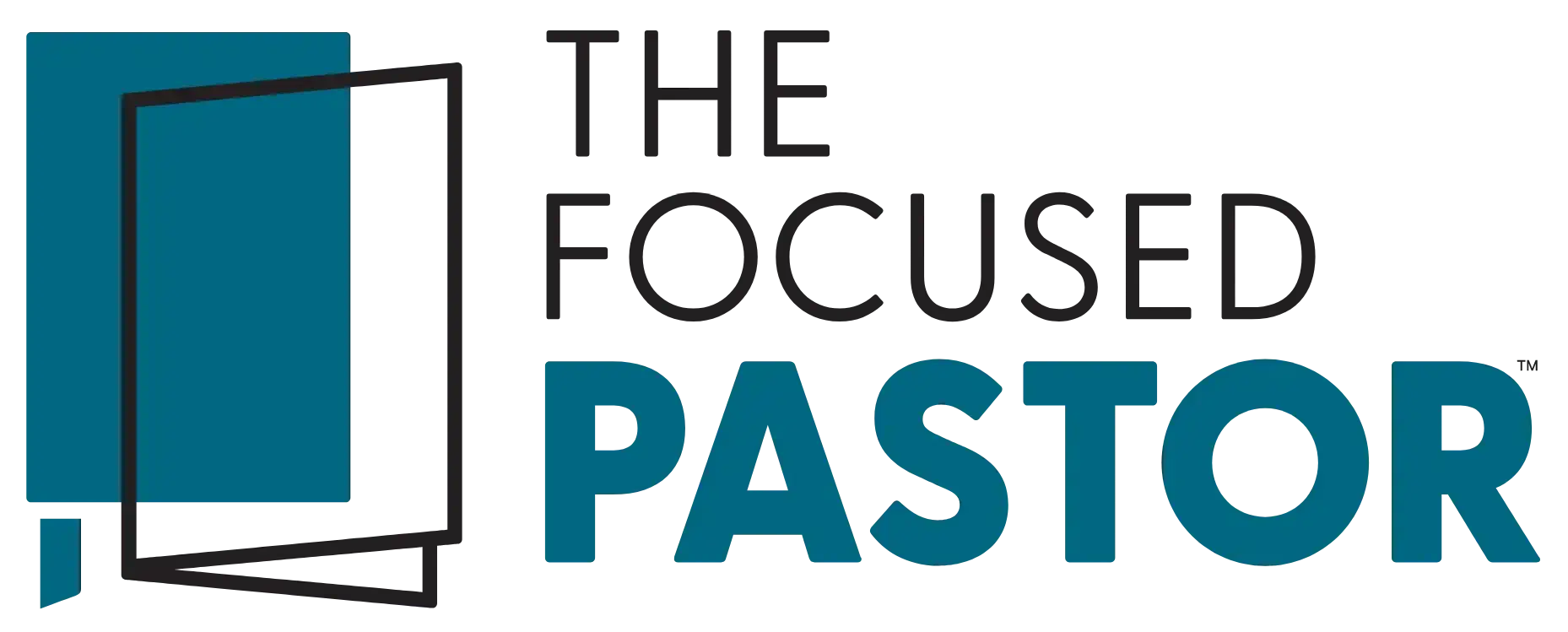Invisible disabilities may be internal or mental, so people living with these issues can endure bullying at any age.
My brain injury occurred while in college in 1997 and it forever changed my life and that of my family. It was humbling for me, as a twenty-something, grown man, to be dependent on my parents once again, just as it was for them to take care of me. But they were more than willing to care for and provide for me out of their unconditional love. They made many sacrifices to make sure my needs were met during this time. It was not an easy road but joining the community of those with invisible disabilities taught me about the support needed from parents and family—and about the need for invisible disabilities awareness.
While people may not see my brain injury, they notice how it affects my life, even decades after this trauma changed my life. Living with an invisible disability is particularly difficult for the person and their parents. But there are ways to endure and to overcome—especially when you have the support of a loving family.
What is an Invisible Disability?
Invisible disabilities, or hidden disabilities, are defined as physical or mental limitations that are not obvious to outsiders. The average person doesn’t understand invisible disabilities because they cannot see what is affecting the person with the disability. Many parents face the challenge of raising a child with an invisible disability, as it is estimated that 10% of people in the U.S. have this kind of medical condition. But there is support and community for those families working through these unique sets of physical, mental, and emotional circumstances.
Realizing My Need for Help
It was a hard one for me when I first realized the extent of my brain injury. One morning while in a rehabilitation hospital, the nurse wheeled me in a wheelchair to a communal eating area. As I watched other people eat with food falling out of their mouths, I felt like I was in the wrong place because I wasn’t that bad off.
Suddenly, I felt a wet sensation on my pants leg and looked down to see cereal and milk on my lap. The drooping left side of my mouth had allowed my own food to fall out unbeknownst to me. This was a humbling experience and it drove home the point that I needed help from family and friends to move forward in life.
Helping Your Child to Endure Stereotypes
Invisible disabilities may be internal or mental in nature, thus, they are not always visible to the human eye. Because of the hidden nature of these handicaps, many people are falsely stereotyped or ridiculed.
I was shocked when a friend recently accused me of using my disability as a crutch. These kinds of accusations are more than just hurtful, they are unethical and can be illegal. I share this simply to point out that people living with invisible disabilities endure bullying regardless of their age.
Children are even more susceptible to being bullied over invisible disabilities. For many, it can cause trauma since they haven’t learned the life skills to grapple with bullying or they simply don’t have the ability to understand altogether. It’s important for parents to work with their children to prepare them for this kind of bullying—and to help them work through the pain and disappointment when it occurs.
Types of Invisible Disabilities
Below is a list of invisible disabilities:
2. Fibromyalgia
3. Traumatic brain injuries
4. Diabetes
5. Crohn’s Disease
6. Multiple Sclerosis
7. Lyme Disease
8. chronic fatigue syndrome
9. Post-traumatic Stress Syndrome
10. Autism
This list is not extensive, however, it provides a few examples of how invisible disabilities can present themselves. It’s also important to keep in mind each of these invisible disabilities listed can vary in severity.
How to Encourage Your Child with an Invisible Disability
I recently obtained some advice from a writer friend whose adult son has autism. The one thing she wanted most people to understand is, “children with autism have difficulty understanding what is happening around them and act up in confusion.”
Children and adults with autism communicate differently because of how they view the world. It’s not that they are incapable of communicating with or understanding others, it just means they do it differently.
Often, these differences aren’t obvious to others, which makes them invisible, but no less real than a visible handicap.
My writer friend noted, “Learn how your child with autism learns and teach them in that manner. Don’t expect them to be what they’re not but celebrate who they are.”
Parental Reality Checks
A common saying within the brain injury community is, “every brain injury is different.” Invisible disabilities affect people in various ways, especially those with autism or traumatic brain injuries (TBIs). Twenty-five years ago, I had a wake-up call when I sustained my brain injury; it taught me and my parents to see and live life differently.
Julie Keon, a mother of a child with a disability advises parents to find support in the community. “I would tell you to seek out other mothers like yourself. This is, indeed, the road less traveled and you will feel very alone along the way, especially in the company of healthy children and their parents. Yes, you will feel very isolated but know that we are here. Sometimes you must look a little harder, but we are here. You can find us online, in support groups, and wandering the halls of the Children’s Hospital.”
While people cannot see the source of these disabilities, they can see the effects. Since my accident, I have become better at identifying others with disabilities when I see their different tendencies. (seems repetitive here, may consider deleting it)
People need to understand that these “differences” aren’t wrong in and of themselves. They are perfectly natural for the person living with the disability. It’s also important to remember that they’re out of a disabled person’s control.
Finding Support from Other Families
I’ve grown and benefited from connecting with others within the disabled community to find support and encouragement. The community is a support group that helps others to understand and navigate the struggles of living with a disability. Seeing how others have adapted to living with a disability gives us a sense of belonging.
Below are some other benefits of disability support groups: (don’t say Mayo Clinic, just link it here)
- Feeling less lonely, isolated, or judged.
- Opportunities to talk openly about your feelings and fears.
- Improving skills to cope with challenges.
- Staying motivated to manage chronic conditions or to stick to treatment plans.
- Gaining a sense of empowerment, control, or hope.
- Improving an understanding of a disease and your own experience with it.
- Getting practical feedback about treatment options.
- Learning about health, economic or social resources.3
Final Thoughts on Invisible Disabilities: Strength Through Faith and Family
Community helps us to see what others can see when we are in the storms of life and that can be a reality check. That includes community with family, support groups, church activities—and most importantly, a relationship with God. The writer of Hebrews gives us this comforting glimpse into that heavenly reality:
“By faith we understand that the universe was created by the word of God, so that what is seen was not made out of things that are visible.” (Hebrews 11:3, ESV)
Recently, as I drove home from a writers’ conference, the busy highway and an oncoming storm filled me with anxiety. I was calmed by the beautiful sites of the majestic Blue Ridge Mountains and an occasional outburst of sunlight that would break through the clouds before me. I was reminded, that in nature we too can see an invisible, but real God.


















 0800 200 362
0800 200 362 support@family.org.nz
support@family.org.nz Rangiora, 7400, New Zealand
Rangiora, 7400, New Zealand